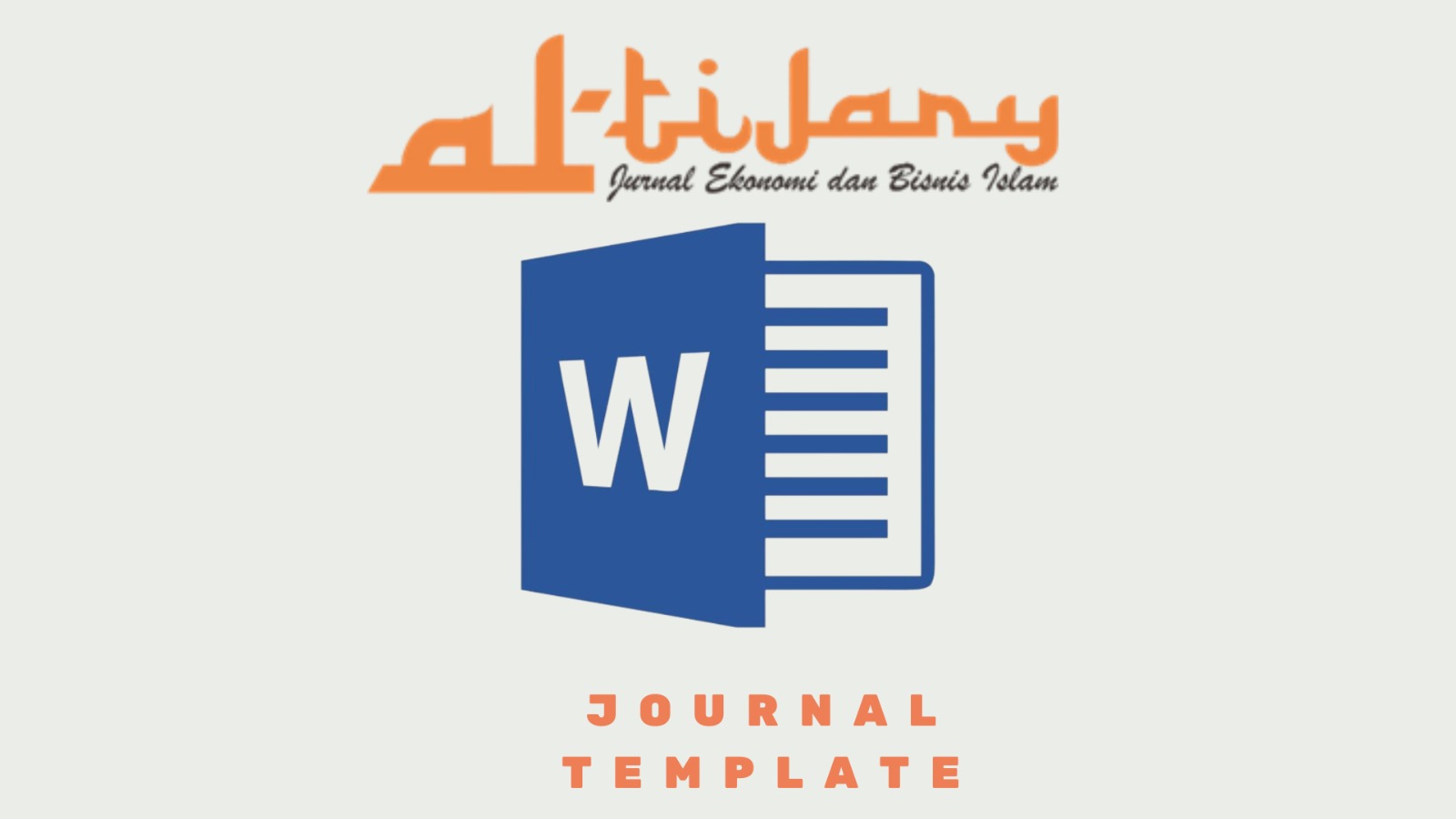Potensi, Pencapaian Pengumpulan Zakat dan Permasalahannya di Kabupaten Banyumas dan Purbalingga
Abstract
The purpose of this study was to: 1) Exploring the potential magnitude of zakat in Banyumas and Purbalingga; 2) Identify the payer profile ZISWA 3) Inventory problems that arise in OPZ marketing . The results of this study indicate that the potential of zakat in Banyumas district until 2012 to reach Rp 104 430, 38 990 million up to Rp. 224 525, 3382 million. Potential zakat in Purbalingga reach Rp 56.913.2666 million to Rp 122,363.5232 million. This study also shows that the achievement of the collection of zakat through OPZ is still very small compared to its potential, 0.2 to 1.37% with an average of 0.65% for Banyumas and 0.96 to 1.22 percent with a mean average 1.61 percent to Purbalingga. Muzakki generally Muslims who live in the region of OPZ, 46.7% were in the age group between 31-40 years, 60% male and 93% have some college education, 63.3% have an income between 2-5 million. They are most abundant (36.7%) worked as a civil servant, private sector employees and employers respectively of 23.3 percent. Some of the constraints faced by OPZ is public awareness in how to calculate and distribute funds through OPZ ; limited budget for the operational management of ZISWA, the shortage of human resources and competence to OPZ, dualism centralized leadership and organizational management systems, the lack of commitment to the existence of the agency board. In general OPZ yet fully run relationship marketing in increasing the amount of fundraising ZISWA. OPZ not give sufficient attention to the long time contributors. OPZ not pay attention to the level of satisfaction with the services OPZ contributor, does not have a profile database of contributors. OPZ less involved in the management of long contributor ZISWA. Few donors are willing to participate actively in the management ZISWA in OPZ. Some implications are given in this study.References
Al Quran Al Karim.
Darmawati, D, Mukti, M.A & Wahyudin. 2010. Kinerja Lembaga Amil zakat dalam Pendekatan Balanced Scorecard (Studi Kasus di kabupaten Banyumas). Majalah Ilmiah Ilmu Pengetahuan Sosial. Universitas Sebelas Maret. Vol. 11 No. 2 September 2010.
Darmawati, D., Lestari, P., Mukti, M.A & Wahyudin. 2009. Pengembangan Badan Amil Zakat Daerah se-Eks Karesidenan Banyumas.
Hayati. 2001. Implementasi Perspektif Proses Bisnis internal dan pelanggan pada Badan Amil zakat Nasional Jakarta. Tesis. Unair. Surabaya.
Hayati, K & Chaniago, I. 2011. Zakat Potential As Means to Overcome Poverty ( A study in Lampung). Journal of Indonesian Economy & Business. Vol. 26, No 2, May 2011.
Hayati, K & Chaniago, I. 2012. Model of Poor Society Empowerment Through Optimizingof Zakat ( A Case Study In Lampung Province). Journal of Indonesian Economy &Business. Vol. 27, No 2, May 2012.
Mannan, M.A. 1997. Teori dan Praktek Ekonomi Islam. Penerbit Dana Bhakti Wakaf.
Yogyakarta.
Moleong, Lexy J. 2001. Metodologi Penelitian kualitatif. Penerbit PT Remaja Rosda karya Bandung.
Yin, Robert K. 2000. Studi Kasus (Desain dan Metode). Cetakan ke tiga. PT. Rajagrafindo Persada. Jakarta. Press Release: Public Expose Indonesia Zakat and Development Report (IZDR) 2012.
Darmawati, D, Mukti, M.A & Wahyudin. 2010. Kinerja Lembaga Amil zakat dalam Pendekatan Balanced Scorecard (Studi Kasus di kabupaten Banyumas). Majalah Ilmiah Ilmu Pengetahuan Sosial. Universitas Sebelas Maret. Vol. 11 No. 2 September 2010.
Darmawati, D., Lestari, P., Mukti, M.A & Wahyudin. 2009. Pengembangan Badan Amil Zakat Daerah se-Eks Karesidenan Banyumas.
Hayati. 2001. Implementasi Perspektif Proses Bisnis internal dan pelanggan pada Badan Amil zakat Nasional Jakarta. Tesis. Unair. Surabaya.
Hayati, K & Chaniago, I. 2011. Zakat Potential As Means to Overcome Poverty ( A study in Lampung). Journal of Indonesian Economy & Business. Vol. 26, No 2, May 2011.
Hayati, K & Chaniago, I. 2012. Model of Poor Society Empowerment Through Optimizingof Zakat ( A Case Study In Lampung Province). Journal of Indonesian Economy &Business. Vol. 27, No 2, May 2012.
Mannan, M.A. 1997. Teori dan Praktek Ekonomi Islam. Penerbit Dana Bhakti Wakaf.
Yogyakarta.
Moleong, Lexy J. 2001. Metodologi Penelitian kualitatif. Penerbit PT Remaja Rosda karya Bandung.
Yin, Robert K. 2000. Studi Kasus (Desain dan Metode). Cetakan ke tiga. PT. Rajagrafindo Persada. Jakarta. Press Release: Public Expose Indonesia Zakat and Development Report (IZDR) 2012.
Published
2016-06-01
Section
Articles
Copyright (c) 2016 AL-TIJARY

This work is licensed under a Creative Commons Attribution 4.0 International License.








